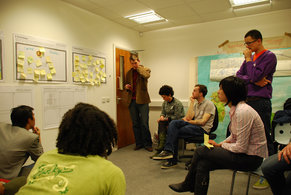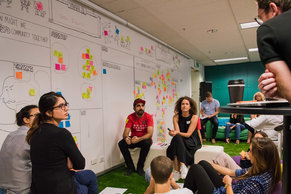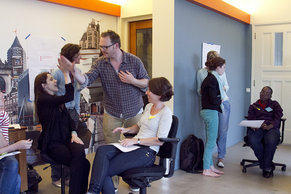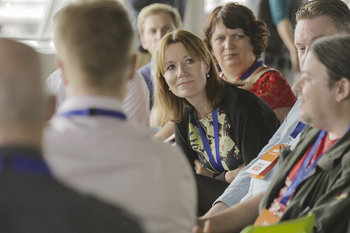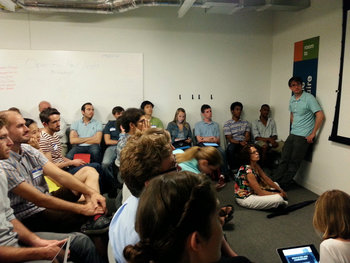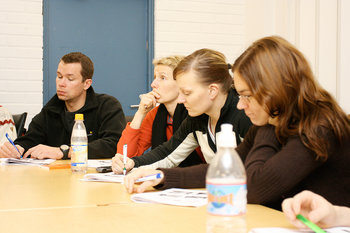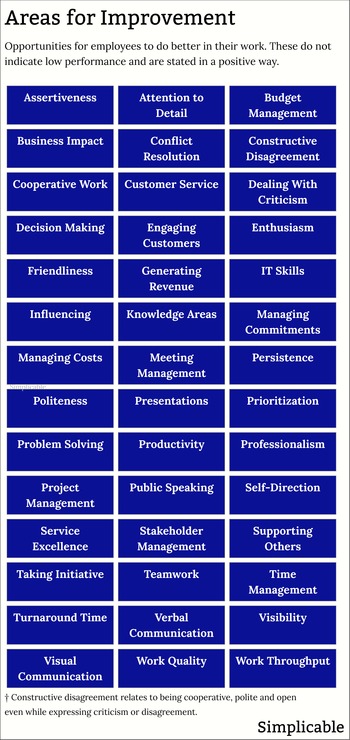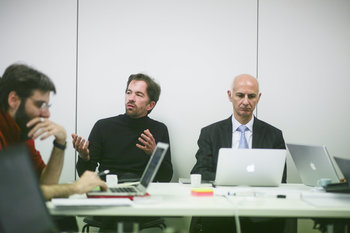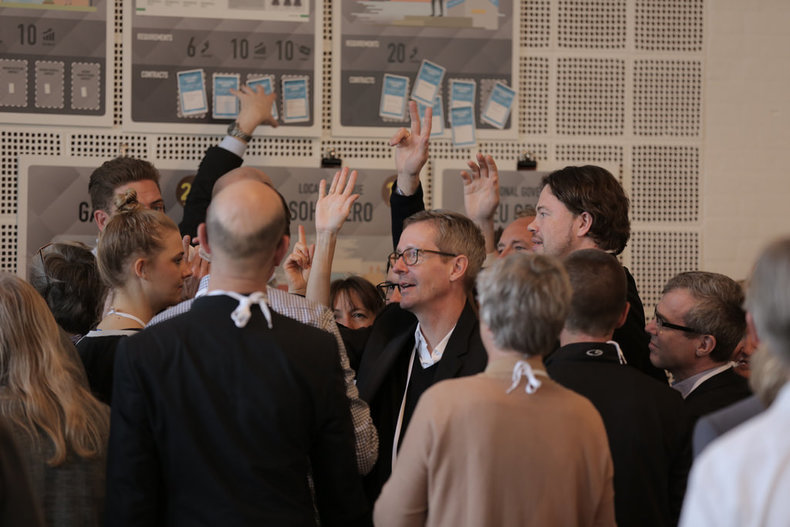

Planning
A meeting to plan work such as a meeting that is used to develop plans and schedules for a construction project.Project
Meetings to coordinate project work and resolve project issues.Requirements Gathering
Identification and refinement of requirements for programs, projects and initiatives. Requirements specify what an organization needs to do to meet its goals.Team
Regular meetings designed to unify the efforts of a team. Generally speaking, teams don't develop a team identity and culture unless they meet together once in a while. Team meetings may involve reviewing status, communicating information, sharing knowledge, solving problems and making decisions as a team.Committee
A committee is a dynamically formed team that has some specific function. For example, an organization may form a committee to plan a Christmas party or manage a particular type of risk.Decision Making
Decision making exercises such as reviewing budget submissions for an annual budget.Problem Solving
Developing and agreeing to solutions to problems. For example, an IT architecture team that meets to decide how to address a performance issue to make a system faster. These are typically ad hoc meetings that are scheduled as required.Design
Producing a design as a team, generating design ideas or reviewing designs and related items such as design prototypes. The term design is commonly applied to any creative work products and is not confined to visual design. An extended meeting that produces design work is known as a charrette.Status
Status meetings report work progress to management or executive management. This is a basic control function in an organization.Strategy
Developing goals and plans to achieve goals.Management
Meetings used to direct and control an organization. These are often regular meetings that occur at every level of management in an organization. For example, an operations management team may meet weekly to review performance, issues and improvement initiatives.Governance
Governance structures provide oversight of management. For example, a regular IT governance meeting may be designed to ensure IT managers are complying with laws, standards, architecture and security best practices. Such meetings may also be intended to correct irrational decisions driven by politics and to ensure financial due diligence.Board Meeting
A governance meeting at the highest level of an organization that is intended to manage the managers of an organization. A board of directors is elected by the stakeholders in an organization such as shareholders. They are accountable for the performance and reputation of an organization and perform functions such as the hiring and firing of executives.Annual General Meeting
An annual meeting with a group of stakeholders in an organization such as investors or employees. This is typically used to communicate strategy, mission, vision and risks.Extraordinary General Meeting
A meeting with stakeholders such as investors or employees that is scheduled to communicate significant news such as a merger or acquisition.Town Hall
A forum for leaders to communicate with those they are leading. In an organizational context, a town hall is a regular meeting whereby executive management communicate to all employees and accept questions.Conferences
Meetings that bring together people from different organizations such as an industry conference that is viewed as a networking and sales opportunity. It is also common for conferences to offer competitive intelligence and learning opportunities.Unconferences
Conferences that try to have a unique format that differs from the one-way information sessions of a traditional conference. For example, a large group that meet to solve a design problem together.Training
Sessions designed to transfer knowledge or build up new abilities.Performance Management
Setting objectives for the performance of individuals and evaluating performance against these targets. An essential organization function that has broad implications for motivation, productivity and creativity. For example, performance management addresses poor performance that is harmful to an organization.Issue Management
Dealing with performance issues on an urgent basis. For example, dealing with accusations of inappropriate behavior. In the context of a project, issue management meetings are designed to clear project issues such as a design failure that requires a solution.Incident Management
Fixing business issues as they arise on an urgent basis. For example, a call to troubleshoot a system that is down.Skip Level
Meetings that skip a level or two in a hierarchy. For example, a CEO who meets with staff in operations, customer service and information technology on a one-on-one basis. This can improve employee engagement by empowering everyone in an organization. It is also beneficial to leadership who may improve their understanding of what is really going on beyond rosy status reports.Relationship Management
Scheduled time to build and sustain business relationships. For example, a new manager who books one-on-one time with their team members.Sales & Support
Visits with customers to sell or support products and services.Public Relations
Meetings with external stakeholders such as investors or media representatives.Recruiting
Networking with potential future employees and job interviews.| Overview: Meetings | ||
Type | ||
Definition | An assembly of people that is intended to produce value. | |
Related Concepts | ||

